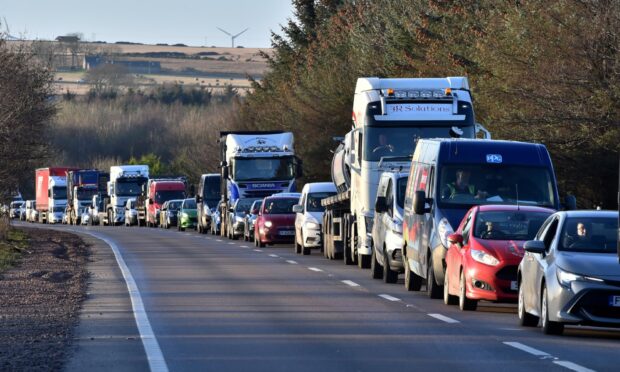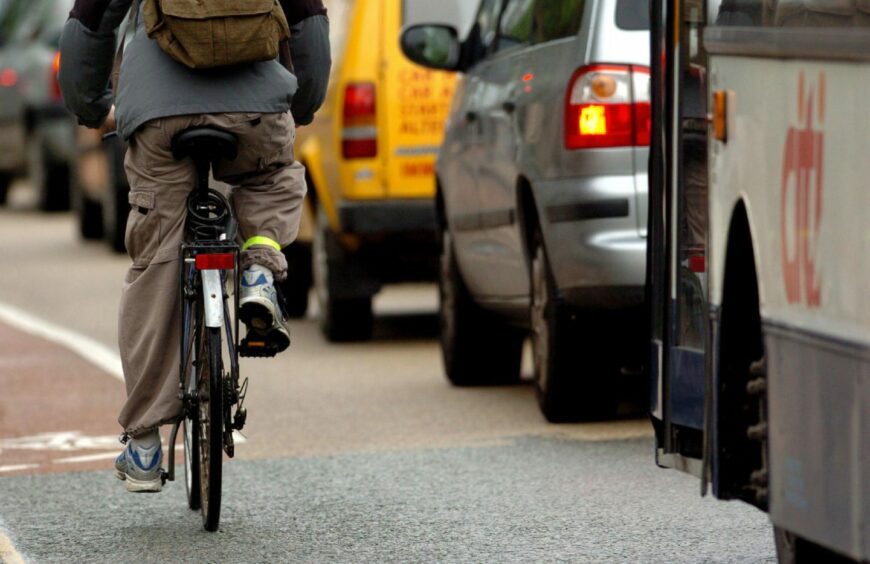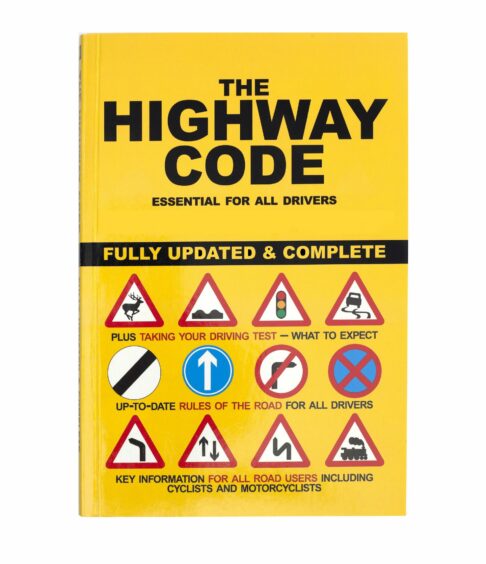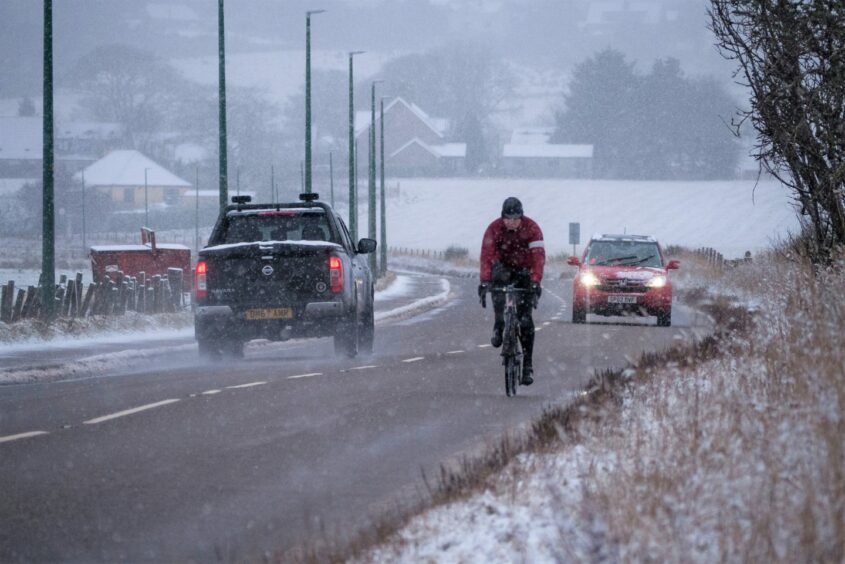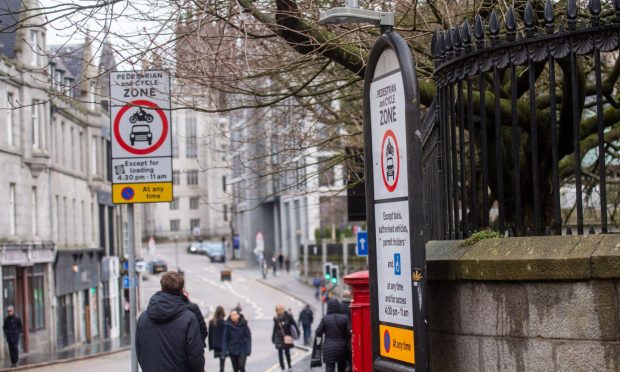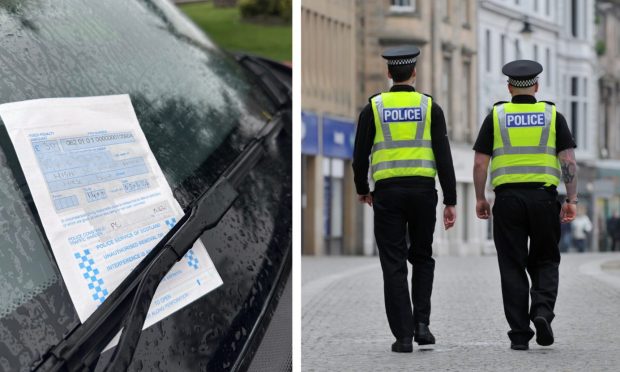The Highway Code is set to undergo a major shake-up in the New Year, but most road users have no idea which rules are changing.
The overhaul means motorists will have to give way to cyclists and pedestrians at junctions.
It will create a new “hierarchy” of road users which implies automatic culpability for drivers who are in an accident with a more vulnerable road user (like a cyclist or pedestrian).
But these reforms have not been made entirely clear according to an AA survey of 13,500 drivers which found only a third knew about the proposed changes.
What are the new Highway Code Changes?
Probably the biggest change is the new hierarchy of road users.
This essentially means that drivers of vehicles that can cause the greatest harm in the event of a collision bear the greatest responsibility to take care and reduce the danger to others.
This principle applies most obviously to drivers of HGVs, cars and motorcycles, but cyclists will also have a responsibility to reduce danger to pedestrians.
A second major change will require drivers and cyclists to give way if a pedestrian is waiting to cross a road they are turning into.
Under the old code, pedestrians only had right of way at a junction if they were already on the road.
Thirdly, cyclists will have priority when cars are turning at a junction.
This rule means that cars indicating to turn left or right will have to give way to cyclists coming from behind and going straight on. The car may only turn once the cyclist has passed.
When are the changes coming into effect?
Pending parliamentary approval, the Highway Code changes are set to come into force on January 29 2022.
It is understood that the new rules are primarily to provide clarity for cyclists as the government attempts to encourage more people get on their bikes in a push for more sustainable travel.
However information about the new changes has not been widely advertised.
According to the AA, only a third of drivers surveyed knew about the changes at all.
Similarly, only a fifth were aware that the code will advise of scenarios where cyclists “may sometimes ride in the centre of the lane, rather than towards the side of the road”.
The AA is calling for an education campaign targeted at all road users to be initiated, rather than waiting for the rules to be adopted before taking action.
Edmund King, president of the AA, said: “With such fundamental changes to the Highway Code taking place to make our roads safer, we need to ensure road users understand the new rules ahead of time.
“Getting the message out now would help avoid dangerous situations and remove any confusion on the roads before the new rules are adopted.
What happens if you don’t follow the new rules?
According to the RAC, the Highway Code itself is not a legal document and the rules outlined in it are not official road laws.
But that doesn’t mean you can’t be fined if you break one of the more than 300 regulations set out in the government-issued book.
A number of the points outlined in the code are backed up by official traffic laws, meaning you can be fined, prosecuted or disqualified if you ignore them.
The government says that “many of the rules in the code are legal requirements, and if you disobey these rules you are committing a criminal offence.”
“In the most serious cases, you may be sent to prison.”
To read the full details about the Highway Code changes, visit the government proposals here.
